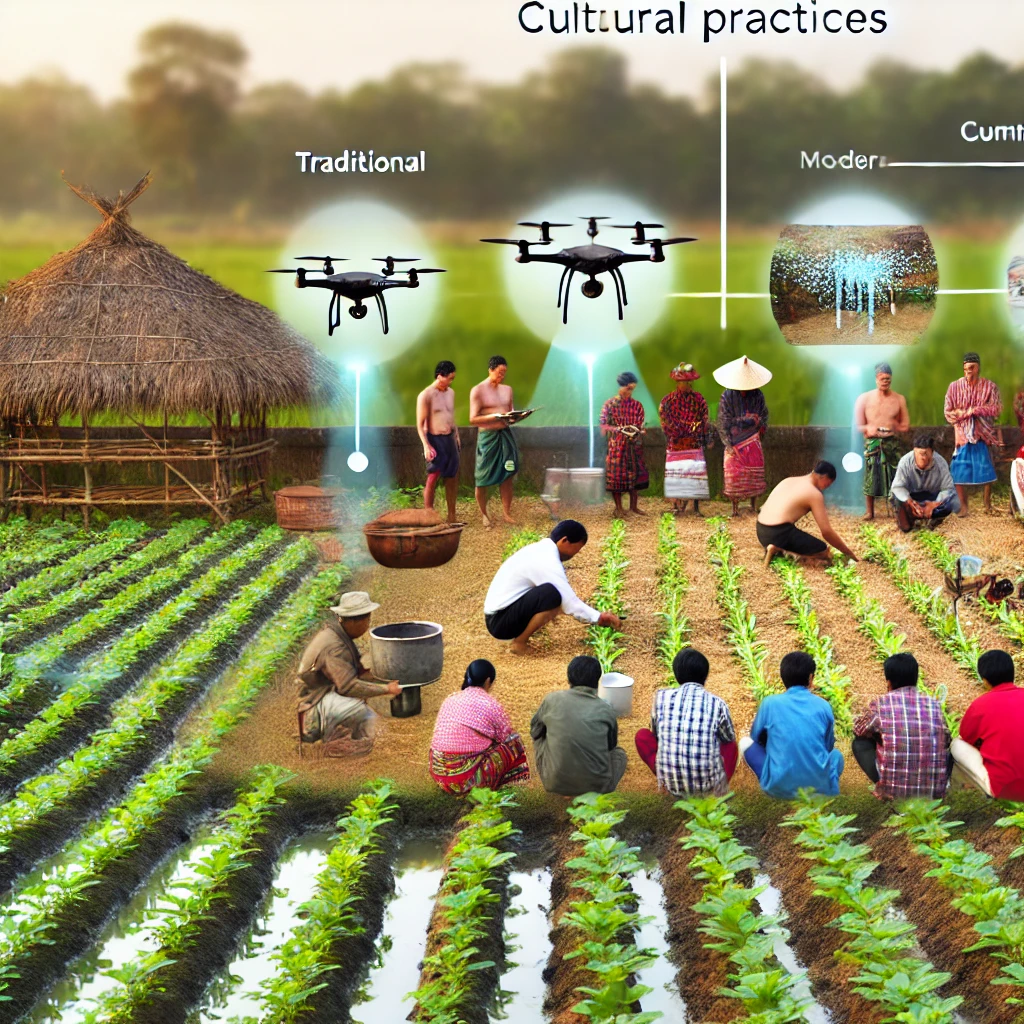
Introduction
Cultural practices play a vital role in pest management, blending traditional methods with modern approaches to control pests effectively. Understanding both traditional and contemporary practices provides a comprehensive view of how pest management evolves to meet agricultural and environmental needs.
Traditional Pest Management Practices
Traditional pest management practices often involve methods passed down through generations. These include crop rotation, intercropping, and the use of natural predators. Crop rotation disrupts pest life cycles by alternating crops, reducing the likelihood of pest infestations. Intercropping, planting different crops together, can confuse pests and reduce their impact. Additionally, introducing natural predators, such as ladybugs to control aphids, leverages ecological balance to manage pests.
Modern Pest Management Approaches
Modern pest management approaches incorporate advanced technologies and scientific research. Integrated Pest Management (IPM) is a comprehensive strategy that combines biological, physical, and chemical methods to control pests. Modern practices include the use of genetically modified crops that are resistant to pests, precision agriculture technologies for targeted pest control, and the application of biological control agents. These methods aim to minimize environmental impact while enhancing pest control efficiency.
Integration of Traditional and Modern Practices
The integration of traditional and modern practices offers a balanced approach to pest management. Combining cultural methods with modern technologies can enhance effectiveness and sustainability. For instance, using crop rotation and intercropping in conjunction with IPM strategies can provide a multifaceted approach to pest control. This integration allows for the benefits of traditional knowledge to be applied alongside the advancements of modern science, creating a more holistic pest management system.
Benefits and Challenges
Adopting a blend of traditional and modern pest management practices has several benefits. It promotes sustainable agriculture, reduces reliance on chemical pesticides, and leverages local knowledge and practices. However, challenges include the need for education and training to effectively implement combined methods and the potential for resistance development if not managed properly. Balancing these practices requires careful planning and ongoing evaluation to ensure optimal results.
Future Directions
The future of pest management will likely continue to embrace both traditional and modern approaches. Advances in technology, such as artificial intelligence and biotechnology, will enhance the effectiveness of integrated pest management strategies. Ongoing research and adaptation will be crucial in refining these practices and addressing emerging pest challenges. Emphasizing collaboration between traditional knowledge holders and modern scientists will further enhance pest management practices.
Conclusion
Cultural practices in pest management offer valuable insights into both traditional and modern approaches. By integrating these practices, we can create a more effective and sustainable pest management system. Embracing the strengths of both methods ensures a comprehensive approach to pest control that benefits agriculture and the environment.

